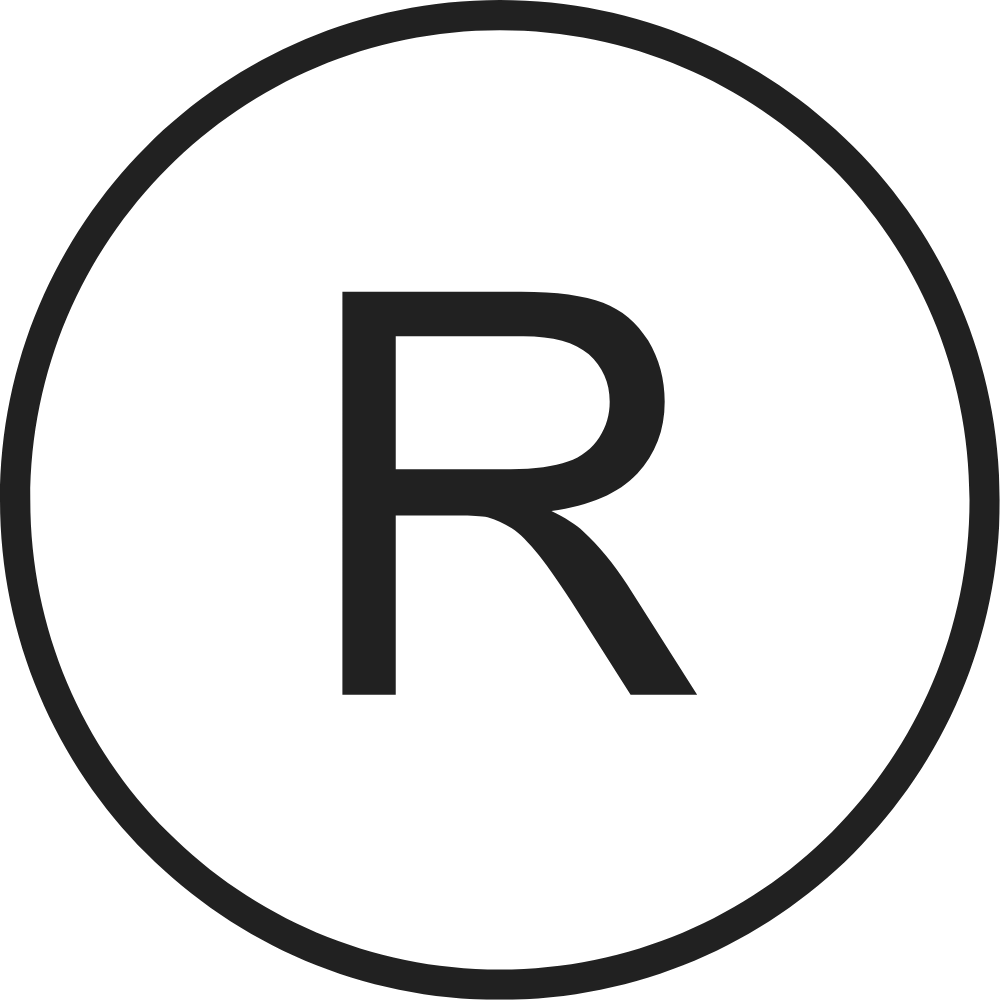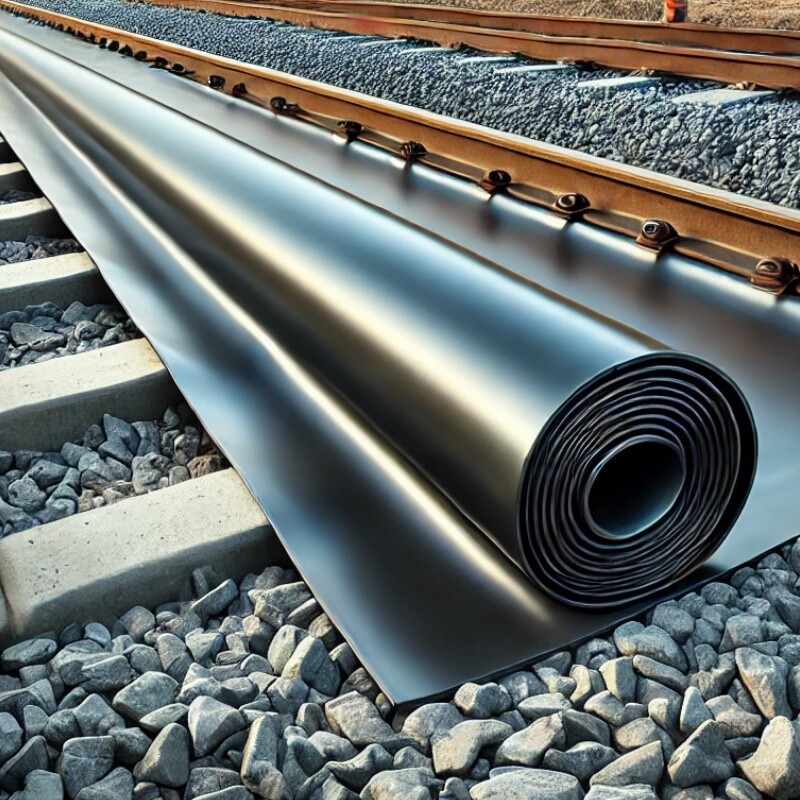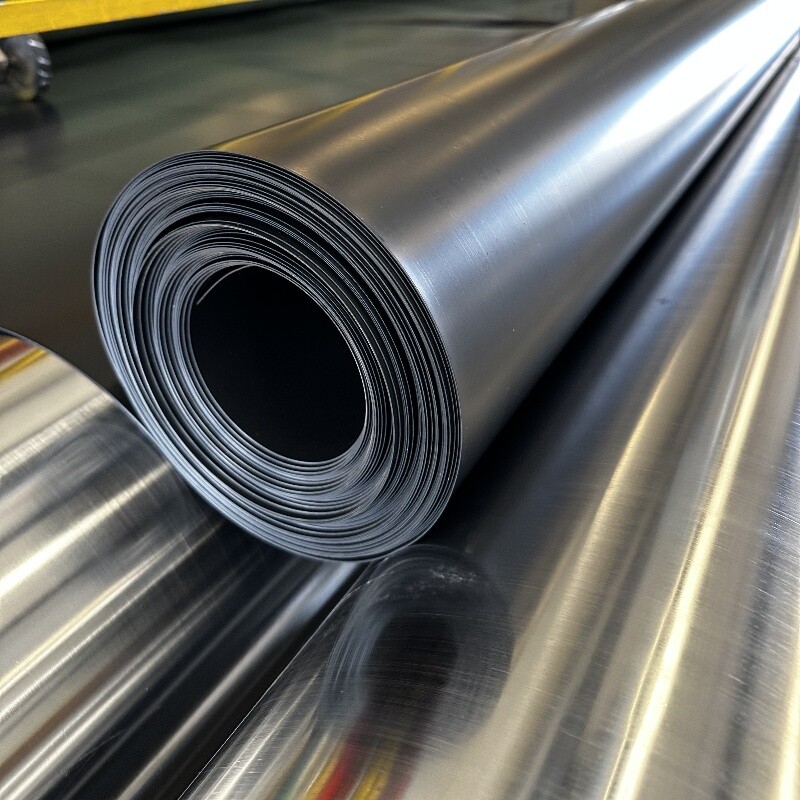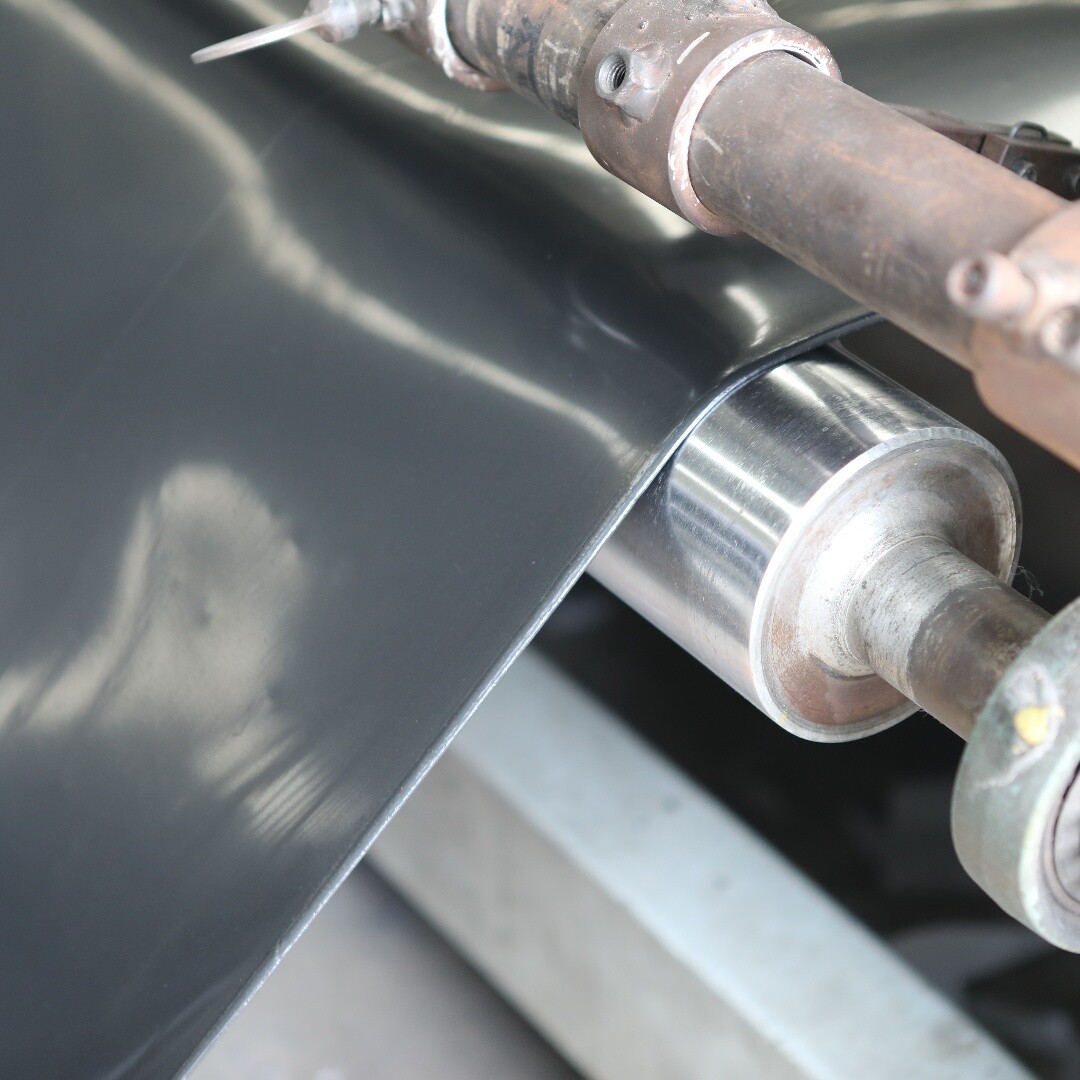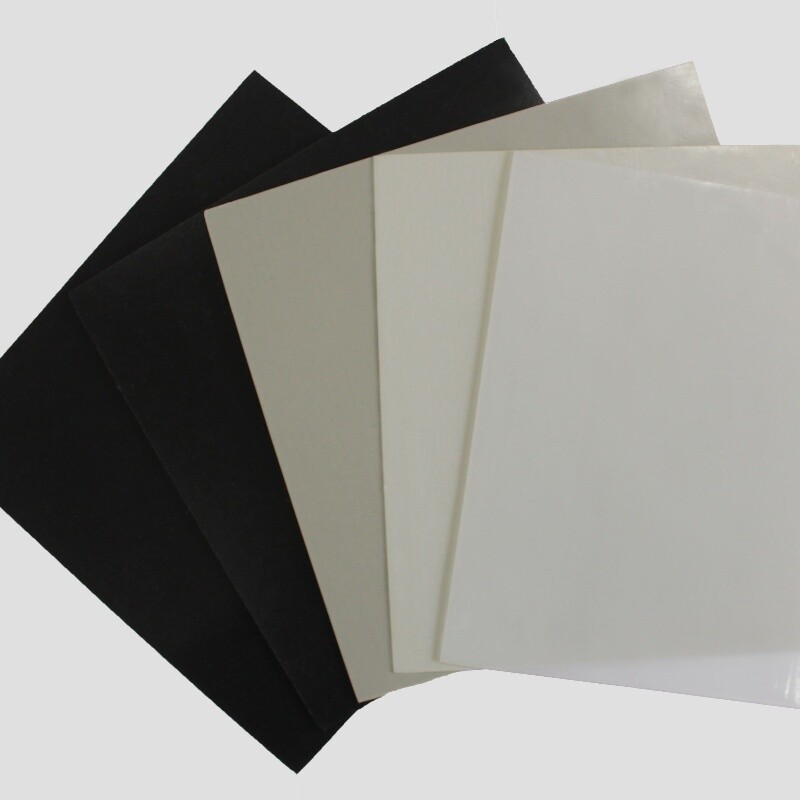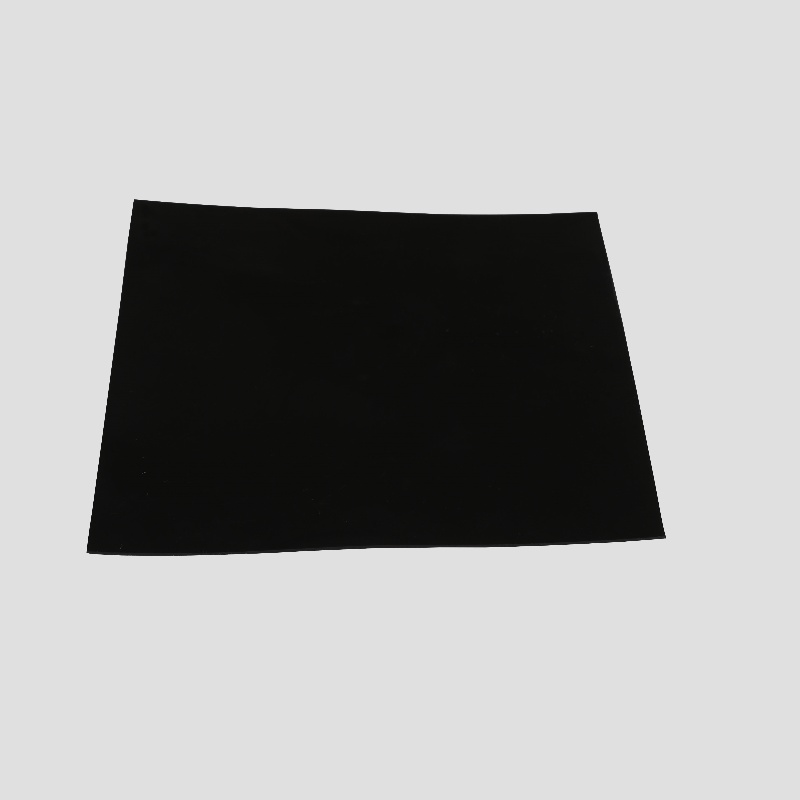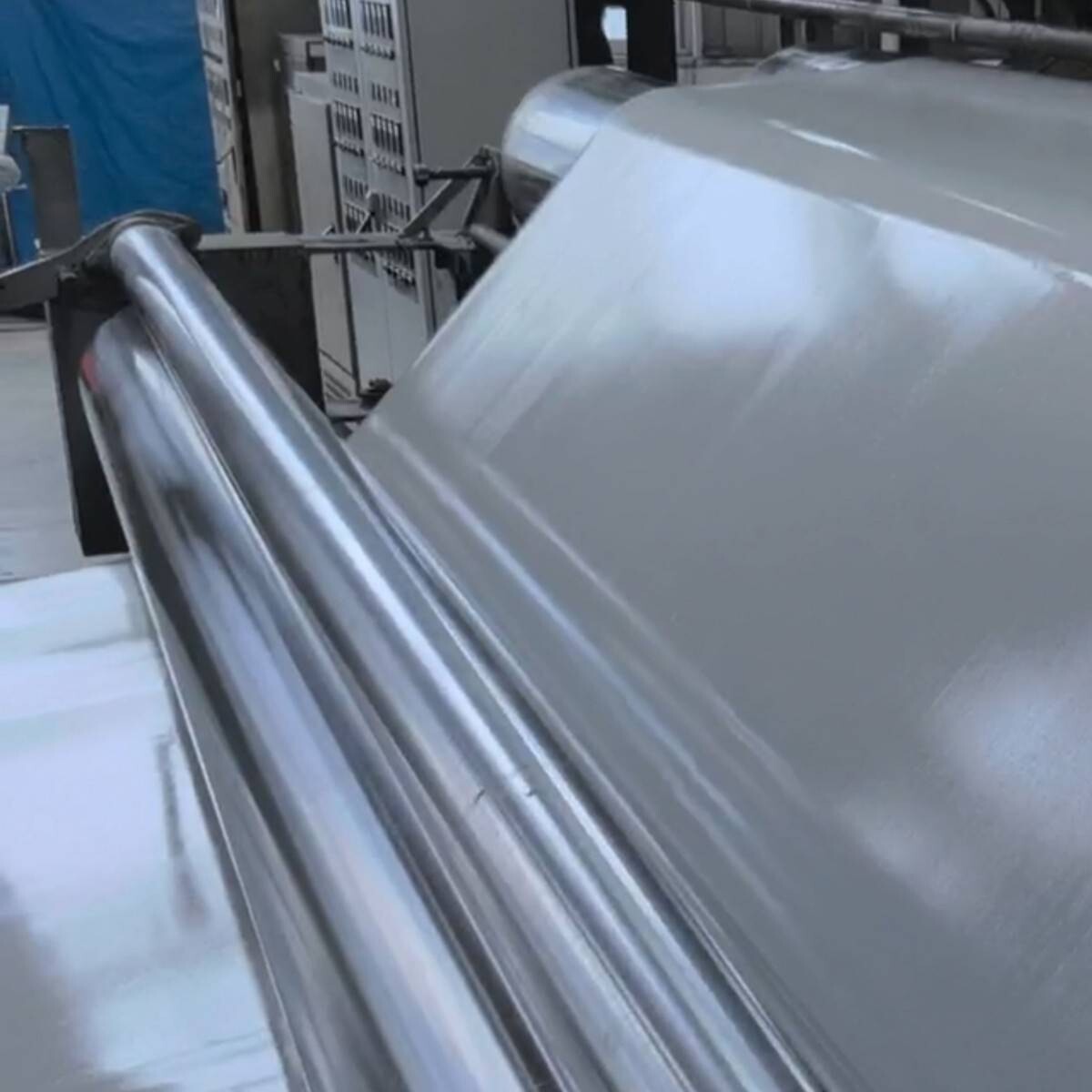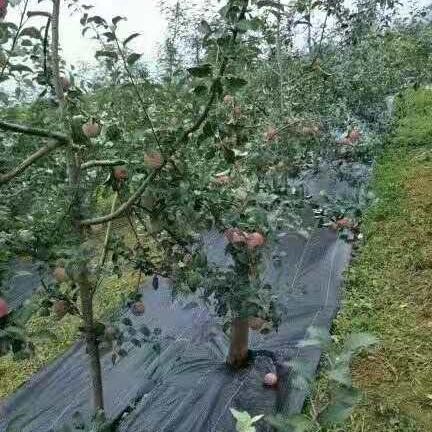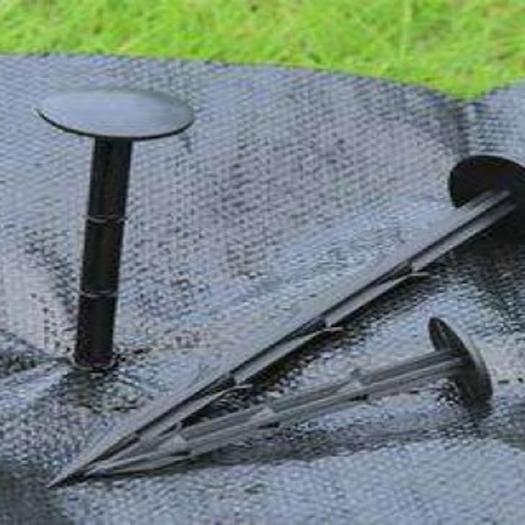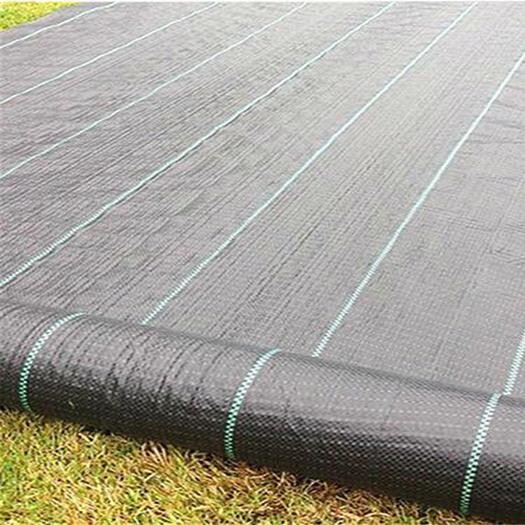Product Overview
Railway Geomembrane is an advanced, high-performance lining material specifically designed for railway projects to address the challenges of water management and soil stabilization. This geomembrane is commonly used in the construction of railway embankments, tunnels, and drainage systems, where controlling water flow and preventing erosion are critical for maintaining track stability and safety. Manufactured from materials like HDPE (High-Density Polyethylene) or PVC (Polyvinyl Chloride), the Railway Geomembrane offers superior impermeability, durability, and environmental resistance, ensuring that water, chemicals, and other contaminants do not compromise the integrity of the railway infrastructure.
The geomembrane’s primary function is to act as a barrier to water and contaminants, preventing the infiltration of water into embankments and subgrades, thus enhancing the long-term performance and safety of the railway system.
Product Features
- Waterproofing & Leak Prevention: The Railway Geomembrane effectively prevents water infiltration, ensuring the stability of railway embankments and protecting against soil erosion and track subsidence caused by water seepage.
- Chemical Resistance: Resistant to a wide range of chemicals found in railway environments, such as oils, fuels, and other pollutants, ensuring the longevity and functionality of the geomembrane.
- UV Resistance: The geomembrane is treated with UV stabilizers to resist degradation caused by prolonged exposure to sunlight, making it ideal for outdoor, long-term applications.
- Mechanical Strength: With high tensile strength and flexibility, the Railway Geomembrane can withstand the stresses imposed by heavy trains, shifting soils, and dynamic loading, ensuring long-term reliability.
- Durability & Longevity: Designed to last, the geomembrane offers long-term durability, reducing the need for maintenance and minimizing long-term operational costs.
- Ease of Installation: The geomembrane is easy to handle and install, with features that allow it to be seamlessly welded and integrated into railway construction projects.
- Environmental Protection: By preventing water contamination and soil erosion, the geomembrane helps protect the surrounding environment, preserving the quality of soil and groundwater.
Product Specifications
- Material: Made from HDPE (High-Density Polyethylene) or PVC (Polyvinyl Chloride), both of which are known for their durability, chemical resistance, and impermeability.
- Thickness: Available in thicknesses ranging from 0.5 mm to 2.0 mm, depending on project requirements and environmental conditions.
- Width: Standard widths typically range from 4 meters to 6 meters, with custom widths available to suit specific railway project requirements.
- Length: Rolls are generally available in lengths of 50 meters to 100 meters, with longer or custom lengths offered upon request.
- Tensile Strength: Tensile strength ranges from 15 MPa to 30 MPa, offering significant resistance to mechanical stresses such as soil movement, heavy loads, and dynamic forces from passing trains.
- Elongation at Break: Typically 12% to 20%, which ensures flexibility and prevents tearing during installation or under shifting conditions.
- Permeability: Extremely low permeability (less than 1 x 10^-13 cm/s), ensuring that no water or contaminants can penetrate the geomembrane.
- Color: Typically black, as it helps improve UV resistance and minimizes algae growth. Custom colors may be available for specific project needs.
Applications
- Railway Embankments: Railway Geomembrane is commonly used in railway embankments to prevent water infiltration, stabilize the soil, and protect the foundation of the tracks.
- Railway Tunnels: Ideal for use in railway tunnels to prevent water leakage and ensure dry, stable conditions for tracks and tunnels.
- Ballast and Subgrade Stabilization: Used beneath the ballast and subgrade layers to prevent water from seeping into the railway foundation, thereby enhancing track stability and preventing erosion.
- Drainage Systems: Effective in railway drainage systems, acting as a protective lining to manage water flow, reduce erosion, and control leachate.
- Track Bed Protection: Protects the track bed from water-related damage, improving the overall performance and durability of the track system.
- Infrastructure Protection: Suitable for other infrastructure projects associated with railways, such as bridge foundations, viaducts, and other structural elements where waterproofing is required.
Construction Recommendations
Site Preparation: Ensure that the site is clear of sharp objects, debris, and large rocks before installation. The surface should be leveled and compacted to ensure proper contact and long-term performance of the geomembrane.
Installation Method: The Railway Geomembrane should be unrolled smoothly over the prepared surface, ensuring there are no wrinkles or folds that might compromise the integrity of the waterproof barrier. The edges of the geomembrane should be overlapped or welded using heat or extrusion welding methods.
Seam Welding: Use heat welding or extrusion welding techniques to join adjacent geomembrane sheets. Welded seams should be thoroughly tested for water tightness, ensuring that the geomembrane performs effectively as a barrier against water infiltration.
Protection During Installation: Use geotextile fabrics or protective covers when handling the geomembrane to avoid punctures during installation. Equipment with sharp edges or heavy weights should be handled with care to prevent damage.
Backfilling and Covering: Once installed, the geomembrane should be covered with a layer of soil or ballast to protect it from UV radiation, mechanical damage, and physical wear. Backfilling should be done gently to avoid stress on the geomembrane.
Maintenance and Monitoring: Regular inspection and monitoring of the geomembrane should be conducted, especially after extreme weather events or heavy train traffic. Any damage should be repaired immediately using compatible patching materials or welding techniques.
FAQ
- What can you buy from HONGYUE?
Geogrid, Geomembrane, Geocell, Geotextile and other geosynthetic materials.
- What you can expect from HONGYUE?
Competent and knowledgeable technical engineers .
Customized service according to engineering requirements .
Complete solutions for product design, delivery and installation in construction projects .
Offer various complementary product portfolio and contract project.
- How can HONGYUE guarantee quality?Always a pre-production sample before mass production;
Always final Inspection before shipment - What is your sample policy?
We can provide the sample free, you just pay for the transportation freight then you can get 3-5 days.
- What is the services can HONGYUE provide?Accepted Delivery Terms: FOB,CFR,CIF,EXW,DDP,Express Delivery,and so on ;
Accepted Payment Currency:USD,CNY;Euro;and so on ;
Accepted Payment Type: T/T,L/C,MoneyGram,Credit Card,PayPal,Western Union,Cash - Are you manufacturer or trading company ?
We are a professional manufacturer
- How about your delivery time?The specific delivery time depends on the items and the quantity of your order.
Inquiry about this product
Related Recommendations
If there is no accurate search result, please contact us and we will respond within 24 hours.



